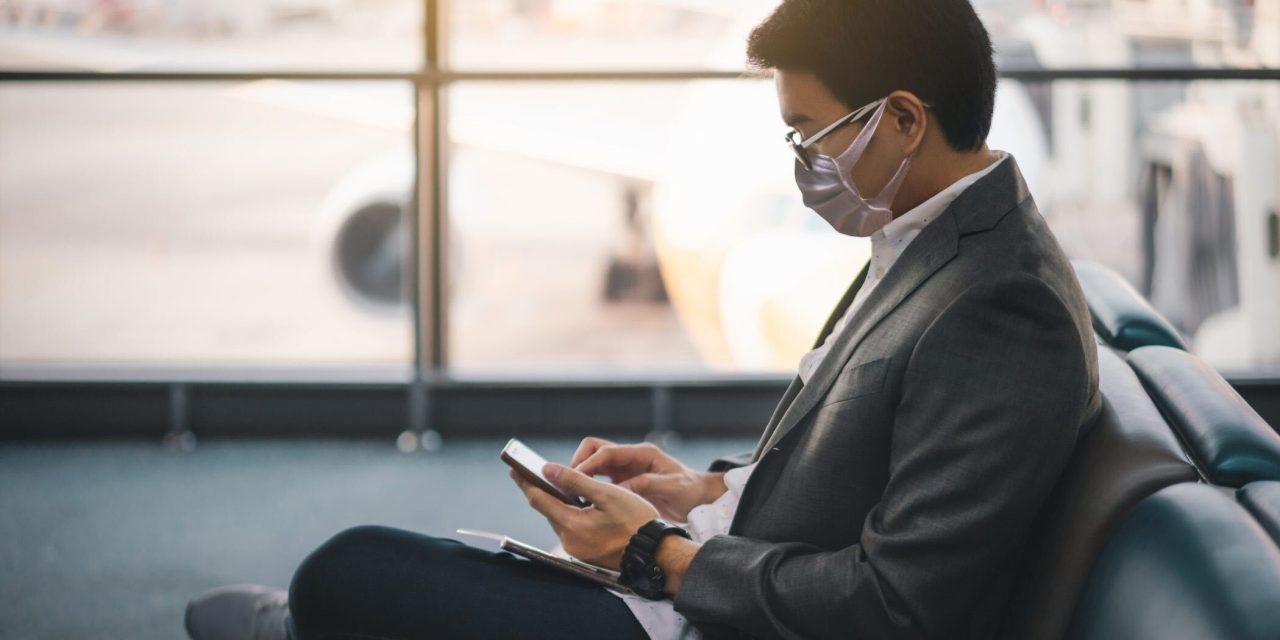Weekday hotel occupancy has been improving around the world for months, and business travelers are returning to overnight trips. (Getty Images)
By Chris Klauda
Source: www.costar.com, July 2022
Some Global Business Travelers Still Waiting To Hit the Road
Hotel performance data indicates that business travel is returning with significant improvement in midweek hotel demand in the U.S., U.K. and Europe.
Weekday hotel occupancy has been rising steadily since February 2022 on both sides of the Atlantic. Recent weekday occupancy has been close to pre-pandemic levels as demonstrated in the two charts below. Amid this new landscape, however, consumer sentiment toward business travel remains mixed, and a large gap exists between current volume and pre-pandemic comparables.


Not Just Leisure Anymore
Recent consumer research by STR, CoStar’s hospitality analytics firm, in May 2022 revealed telling insights into the sentiment around business travel. For this research, approximately 500 global business travelers were surveyed.
Until recently, the hotel industry’s recovery from the COVID-19 pandemic has been almost completely leisure based. Business travel’s slower return is now becoming evident across the landscape with traditional business travel for sales, consulting, trainings, conferences and conventions taking place as well as new business travel from digital nomads, increased “bleisure” trips and remote workers making trips back to their company headquarters because of increased work from home.
The Overall Outlook Is Less Bad
When global business travelers were asked about their likelihood to travel for business both now and when the pandemic is “over,” the results, while negative, were significantly less negative than past readings.
Almost half (47%) of consumers are as likely or more likely to travel for overnight business now compared with pre-pandemic levels, while a higher percentage (60%) are as likely or more likely to travel for overnight business when the pandemic ends. Additionally, net propensity to travel, which is the difference between those more likely and less likely to travel is -43% for business travel today and -23% for business travel post-pandemic. Among business travelers in the U.S., intentions are not quite as pessimistic, although they are still well into negative territory at -12% net propensity post-pandemic.

The cost savings realized by companies in 2020 — with most of the workforce connecting from home and the success of video technology as a substitute for face-to-face meetings — are significant reasons for this lack of optimism, according to STR research conducted last year. That sentiment can also be connected to increased efforts to limit travel frequency as sustainability initiatives are gaining momentum. So while the outlook is muted, the good news is business sentiment appears to have finally turned the corner with the least negative sentiment scores since COVID-19 began.

Green Shoots of Hope Amid a New Business Travel Landscape
Business travel is recovering, although a complete recovery remains a ways off. And the changes in the workplace and work style, not to mention the fact that COVID-19 is still a factor, reveal a new business travel landscape. The opportunity for the hospitality industry is to embrace this new landscape with the same adaptability adopted during the pandemic, knowing there is a basic human need for in-person encounters and that business travel is a necessity.
Chris Klauda is senior director of Market Insights at STR.
This article represents an interpretation of data collected by STR, parent company of HNN. Please feel free to contact an editor with any questions or concerns. For more analysis of STR data, visit the data insights blog on STR.com. For information on TRIPBAM, contact brian.emanuelson@tripbam.com.

